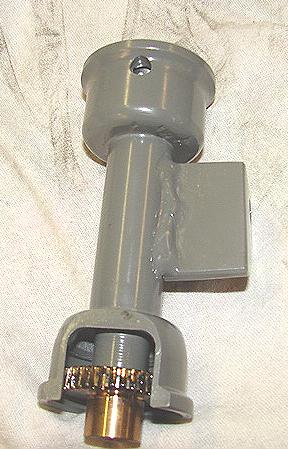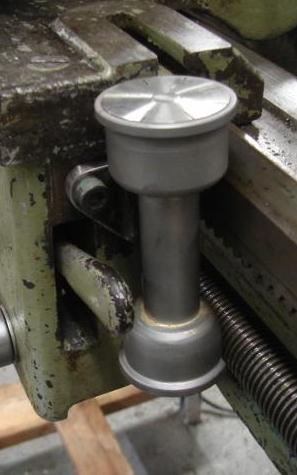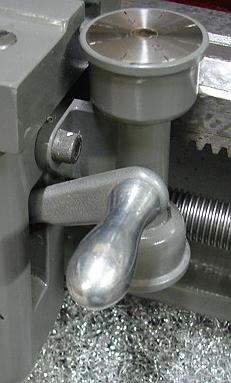- Joined
- Dec 5, 2017
- Messages
- 470
I have watched a few videos and believe I understand the basics of threading on a lathe.
My Grizzly mini-lathe has a threading dial and change gears so I'm pretty sure I'm ready to try to actually cut some threads on it. I understand the difference between watching a video and actually making chips and I fully expect to deal with a learning curve.
My question, however, is about my Seneca Star 30 lathe. It has a threading chart on an embossed plate and what appears to be a full set of change gears and I get how all that works. What has me scratching my head is the fact that there is no threading dial on the apron. This leaves me with three questions. I suspect I know the answers as unhappy as that makes me:
1. Is there a way to cut threads without a threading dial? (I suspect not.)
2. Is it likely that the lathe came with a threading dial and it has been removed at some point? (I suspect so.)
3. If I'm correct about Number 2, what are the chances that I can find a threading dial that will work on my lathe? (Slim and none would be my suspicion.)
My Grizzly mini-lathe has a threading dial and change gears so I'm pretty sure I'm ready to try to actually cut some threads on it. I understand the difference between watching a video and actually making chips and I fully expect to deal with a learning curve.
My question, however, is about my Seneca Star 30 lathe. It has a threading chart on an embossed plate and what appears to be a full set of change gears and I get how all that works. What has me scratching my head is the fact that there is no threading dial on the apron. This leaves me with three questions. I suspect I know the answers as unhappy as that makes me:
1. Is there a way to cut threads without a threading dial? (I suspect not.)
2. Is it likely that the lathe came with a threading dial and it has been removed at some point? (I suspect so.)
3. If I'm correct about Number 2, what are the chances that I can find a threading dial that will work on my lathe? (Slim and none would be my suspicion.)





